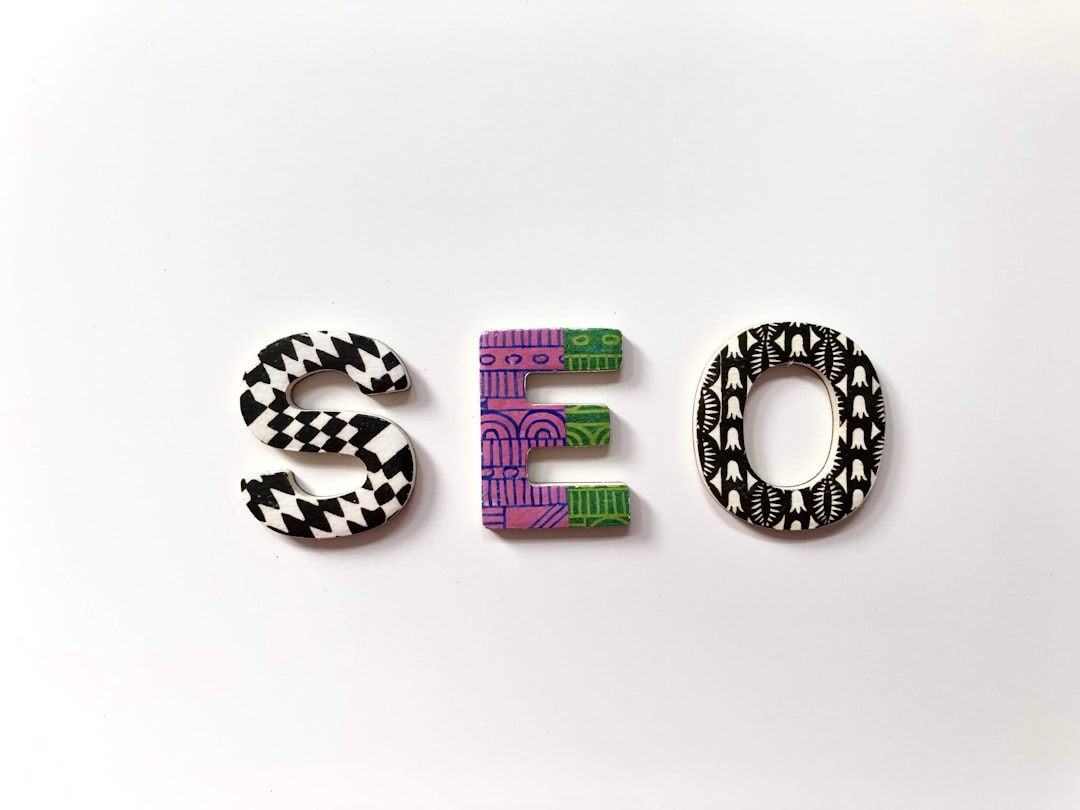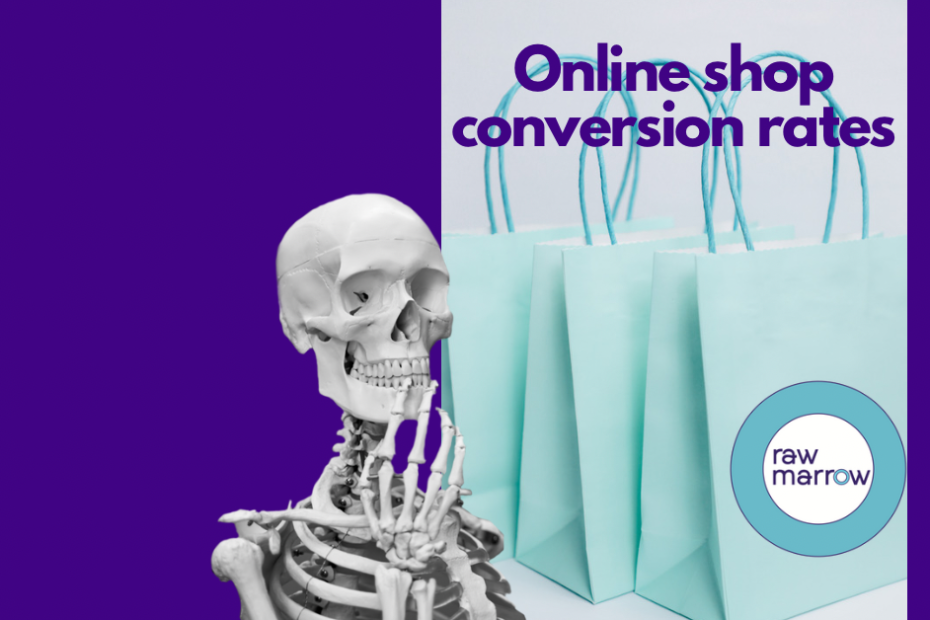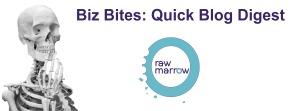We get lots of queries that start out with “I have an online store and I’m getting heaps of traffic but not many sales” or “My store is not converting very well”.
Mostly they then ask “Can you audit my website and see what I need to improve”?
Of course, we do audit their website, however many people assume it’s the website that is hindering conversions. This is not always the case. In reality, various factors can impact conversion rates and it’s vital to consider all possible aspects. Which is precisely what we do.
Image Roberto Cortese
1. Conversion Rate-Measures visitor actions; crucial for website evaluation.
2. Conversion Influencers:
Design & Navigation- Mobile friendly, clear product info.
Testing, Simplified Checkout, Effective Marketing
3. Data-Driven Decisions– Track metrics for informed choices
4. Contents Influence– Quality, tailored content builds trust, impacts conversions.
5. SEO Impact– Poor SEO affects traffic, trust, conversions.
The “conversion rate” for an online store refers to the percentage of website visitors who take a desired action, such as making a purchase, signing up for a newsletter, or filling out a contact form. It’s used to measure the effectiveness of a website in turning visitors into customers or achieving specific goals set the business.
At its most basic a high conversion rate indicates that your store is effectively converting visitors into paying customers.
Issues that could affect a low conversion rate.
Website Design and User Experience.
- Navigation.
- Ensure your website’s navigation is intuitive and easy to use. Visitors should be able to quickly find the products they’re looking for without getting lost in a maze of pages.
- Mobile Optimisation: Make sure your website works well on mobile devices, as a significant portion of your traffic likely comes from smartphones.
- Slow loading times: Long loading times can lead to frustration and cart abandonment.

Image Gabrielle Hender
Product Page Optimisation.
- Compelling Product Descriptions-Provide detailed and engaging product descriptions that highlight the unique features and benefits of your products.
- Calls to Action-Include clear and concise calls to action (CTAs) on your product pages, prompting visitors to add items to their cart or purchase immediately. Call to Action can be placed strategically throughout the website. However, don’t go crazy as too many everywhere can have the opposite effect and make people want to leave.
- No customer reviews or testimonials-Social proof helps to build trust and credibility. Include customer reviews and testimonials to build trust and credibility.
- Uncompetitive pricing-Consider your target audience and industry standards when setting prices.
- Limited product options-Offering a variety of products can cater to a wider range of customers and increase the likelihood of making a sale.
A/B testing
A/B testing is a powerful tool for improving your website for conversions. It involves creating two versions of a webpage or element (such as a call to action button) and then showing each version to a random group of visitors. The goal is to see which version performs better in terms of a desired outcome, such as clicks, purchases, or signups.
A/B testing concept
You can use A/B testing to test a variety of elements on your website, such as:
- Headlines
- Calls to action
- Product descriptions
- Images
- Pricing
- Checkout process
By running A/B tests, you can make data-driven decisions about how to improve your website and increase your conversion rate. A/B testing may not be feasible for small businesses with limited resources or traffic. This is because A/B testing requires a significant amount of traffic to generate statistically significant results. For many small businesses, it may be more practical to focus on making qualitative improvements to their website based on user feedback and analytics data.

Image Jasper Garret.
Checkout Process.
Streamline the checkout process to minimise friction and reduce cart abandonments. Make it simple if it’s too complex or lengthy people are more likely to abandon their cart.
Offer multiple payment options and ensure the process is secure and user-friendly.
Allow guest checkout to accommodate customers who prefer not to create an account.
Hidden costs or surprises-Make sure all costs are shown up front where possible to avoid customer frustration. People do not want to fill their cart with items only to find out the postage cost is greater than the items.
Abandoned Cart Recovery.
- Targeted Emails-Implement an abandoned cart recovery strategy sending targeted emails to customers who have left items in their carts. Remind them of the products they abandoned and offer incentives to complete their purchase. If you are looking for software to help you with this go here.
Marketing and Promotions.
- Targeted Advertising-Use targeted advertising campaigns to reach your ideal customer base and drive traffic to your store.
- Promotions and Discounts-Offer strategic promotions and discounts to attract new customers and encourage repeat purchases.

Image path digital.
Analytics and Data-Driven Decisions.
- Track Key Metrics
- Regularly track key metrics such as website traffic, conversion rate, and bounce rate to identify areas for improvement.
- Data-Driven Optimisation: Use data-driven insights to make informed decisions about your website design, product offerings, marketing strategies, and overall customer experience.
Content Issue.
The content of a website plays a big role in influencing conversion rates. When it comes to engaging potential customers and encouraging them to take desired actions, such as making a purchase or submitting their contact information, the quality and relevance of the content can make all the difference.
First and foremost, the content should communicate the value of the product or service being offered. It should highlight the unique selling points and benefits that set it apart from competitors. By effectively conveying the value and advantages, the website can build trust and credibility with visitors, ultimately leading to higher conversion rates.
The content should be tailored to address the specific needs and pain points of the target audience. By understanding their challenges and desires, businesses can create compelling content that resonates with potential customers on a deeper level. This can be achieved conducting thorough market research, customer surveys, and using social listening tools to gain insights into customer preferences and behaviours. We know small businesses can’t necessarily do all of these things but having additional information can help you write website content that sounds like you wrote it just for them.
High-quality content that provides valuable information, educates visitors or entertains them can establish a sense of expertise. The mix of these things will depend on your brand, target audience and what resonates well with them. When visitors perceive a website as a reliable source of information, they are more likely to trust its recommendations and be inclined towards putting that item into their cart and pressing the buy button.
Product Presentation.
Low-quality product images and videos can make your products look unappealing. Learn how to take great product images using just your phone here.
Enhance the visual appeal of your website using high-quality product images and videos. This will give potential customers a clear understanding of your products and enhance their overall shopping experience. Make sure all marketing material is consistent.

(From Merrypeople)
Poor SEO.
Poor SEO (Search Engine Optimisation) can influence conversions for online stores. When an online store lacks proper search engine optimization, it may struggle to rank well in search engine results pages (SERPs). This means that potential customers may have difficulty finding the store when they search for relevant products or services.
One of the main ways poor SEO affects conversions is reducing organic traffic (unpaid) to the online store. If the online store does not appear on the first page or even within the top few results of relevant search queries, it is less likely to receive a large amount of organic traffic. As a result, fewer potential customers will be seeing the products or services offered the store.
Poor SEO can lead to a mismatch between the content displayed in search engine snippets and the actual content of the online store. Snippets are brief descriptions that appear under the title of a search result in search engine listings. If these snippets do not accurately represent what the online store offers, potential customers may feel misled or disappointed when they land on the website. This can result in a high bounce rate, where visitors quickly leave the page.

Poor SEO can impact the user experience of an online store. Factors such as slow page loading times, broken links, or poor mobile responsiveness can frustrate visitors and deter them from engaging with the website. If potential customers encounter technical issues or have difficulty navigating through the store, they are more likely to abandon their shopping journey and go elsewhere. This directly affects conversion rates as visitors fail to complete their intended actions, such as making a purchase or adding items to their cart.
Poor SEO can also hinder trust and credibility. When a website ranks poorly in search results, it may give off an impression of being less reputable or trustworthy compared to higher-ranking competitors. Customers may be hesitant to provide personal information, such as credit card details, on a website they perceive as less reliable.

Poor SEO can limit the visibility and reach of an online store in the digital marketplace. Without proper optimisation, the store may miss out on opportunities to connect with potential customers through other channels such as social media or online advertising platforms. This limits the overall exposure of the brand and reduces the chances of attracting a wider audience and driving conversions.
By incorporating relevant keywords and following SEO best practices, businesses can improve their website’s visibility in search engine results. This not only drives organic traffic but also increases the chances of attracting qualified leads who are actively searching for products or services similar to what the website offers.
AI Tool.
If you want to see how your website is perceived try Dittto (you can use it for free once)
1. Enter your website address

2. Dittto will assess the positioning of your website.

3. Dittto will provide examples of brand template. You are given a top 5 and explain why they work. This can help you come up with better copy, or make you think about your homepage in a different way.

Final words.
Realised I’ve rabbitted on a bit here but by understanding the factors that affect conversion rates and implementing strategies to address them, businesses can make great improvements to their conversion rates. Artificial intelligence (AI) is rapidly changing the way small businesses can improve conversion rates. AI-powered tools can help businesses gather data, analyse trends, and make personalised recommendations to improve website performance.
We will do a separate post on this but in the meantime contact us if you have questions or if you have requests for specific blog posts.
Don’t forget branding and social media and how these interact with your website may also be a contributing factor.


Pingback: How to Drive More Traffic to Your Website. - rawmarrowblog
Comments are closed.